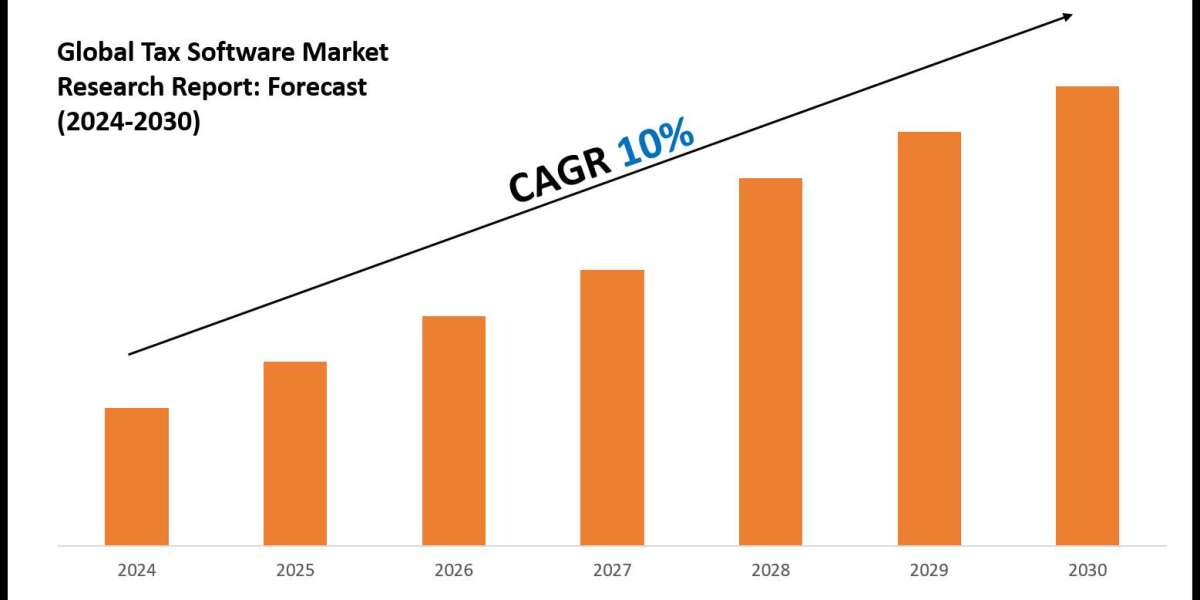In the world of cost estimating—whether in construction, engineering, manufacturing, or infrastructure—accuracy is everything. A well-developed historical cost database can be your most powerful tool to create reliable estimates, reduce risk, and win more bids. In this AllStateEstimation Guide, we’ll show you how to build and maintain a historical cost database that enhances your estimating process with precision and confidence.
What is a Historical Cost Database?
A historical cost database is a structured collection of past project data that records the actual costs of labor, materials, equipment, and overheads. Estimators use it to:
Benchmark future project costs
Validate bids
Analyze trends
Improve estimating accuracy
Instead of relying on guesswork or generic cost books, you’re drawing from your own real-world data—which is often more relevant and reliable.
Why Use AllStateEstimation in the Process?
AllStateEstimation offers estimating tools that can be directly integrated with your historical cost data. It allows you to:
Import/export historical records
Compare estimated vs. actual costs
Tag and analyze job performance
Leverage custom cost libraries in future estimates
Combining a solid cost database with AllStateEstimation software means smarter estimates with fewer overruns.
Step-by-Step: How to Build a Historical Cost Database
Step 1: Define Your Scope and Objectives
Before you dive into collecting data, define what you want your database to accomplish. Consider:
What types of projects will it support? (residential, commercial, infrastructure, etc.)
What level of detail is needed? (high-level totals vs. itemized breakdowns)
Who will use it? (estimators, project managers, executives)
Clarity at this stage ensures the database structure will meet the needs of your users.
Step 2: Collect Past Project Data
Gather as much relevant historical data as you can from completed projects. Important data points include:
Project name and type
Location and size (e.g., square footage, linear feet)
Start and end dates
Line item costs:
Labor (hours, rates)
Materials (quantities, unit prices)
Equipment usage
Subcontractor bids
Overhead and markups
Special notes (e.g., project conditions, weather, site challenges)
Sources of data:
Old estimates
Final job cost reports
Invoices and purchase orders
Bid tabs
Project management software
If you already use AllStateEstimation, you can export cost breakdowns directly into a structured format, reducing manual work.
Step 3: Standardize Your Cost Categories
A cost database is only useful if it’s organized consistently. Choose a standardized cost coding system to categorize your data:
CSI MasterFormat (common in construction)
UNIFORMAT (used in early design estimates)
Custom cost codes specific to your business
Apply the same coding structure across all projects to enable meaningful comparisons and analytics.
Step 4: Design Your Database Structure
You can start small using Excel or Google Sheets, or you can build a more robust solution using:
SQL databases for enterprise-level data management
AllStateEstimation tools that integrate data natively
Estimating software with historical data modules
Suggested table structure:
| Project | Category | Description | Quantity | Unit | Unit Cost | Total Cost | Date | Notes |
|---|
This format keeps your data clean, scalable, and ready for analysis.
Step 5: Normalize and Adjust the Data
Costs from 3 years ago won’t match today’s rates. To make valid comparisons, normalize your data by:
Adjusting for inflation using cost indices (e.g., RSMeans, ENR Construction Cost Index)
Applying regional cost factors if the work was done in different markets
Converting to consistent units (e.g., cost per SF, LF, cubic yard)
This ensures that your historical data reflects current market conditions, giving you an edge when estimating new projects.
Step 6: Clean and Validate Your Data
Garbage in = garbage out. Regularly clean your database by:
Removing incomplete or incorrect records
Flagging outliers or one-time anomalies
Verifying totals against original project records
Setting up checks in your estimating system (AllStateEstimation allows tagging items as “validated” or “unverified”)
Clean data means more reliable estimates and better business decisions.
Step 7: Integrate with AllStateEstimation Tools
Once your database is structured and clean, plug it into your estimating workflow.
With AllStateEstimation, you can:
Import historical cost libraries directly into new estimates
Compare current estimates against actual historical performance
Automate pricing recommendations using past averages
Generate reports by category, cost type, or project phase
This eliminates duplication and improves team productivity.
Step 8: Maintain and Continuously Update the Database
A historical cost database is not a one-time project—it’s an evolving resource. Build maintenance into your process:
Add data from every completed job
Review and audit entries quarterly
Remove outdated items regularly
Track and report on estimate vs. actual accuracy
Assign someone ownership (e.g., lead estimator or project controller) to ensure your database stays current and useful.
Benefits of Using a Historical Cost Database
✅ Improved Estimate Accuracy: Reduce reliance on guesswork or generalized cost guides.
✅ More Competitive Bidding: Bid smarter with real-world cost data.
✅ Risk Reduction: Anticipate cost overruns before they happen.
✅ Benchmarking: Compare projects by size, type, or geography.
✅ Faster Estimates: Save time with pre-populated cost libraries.
Conclusion: Build Smarter with AllStateEstimation
In today’s competitive market, accurate estimating is critical to winning work and protecting profit margins. By building and maintaining a solid historical cost database, you gain the ability to make informed decisions backed by actual performance data.



